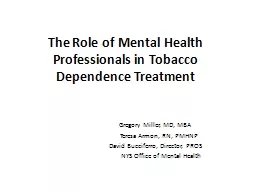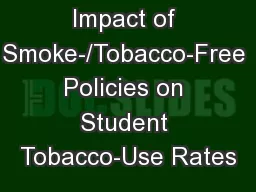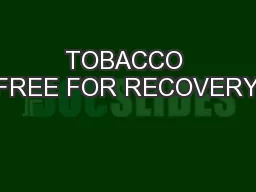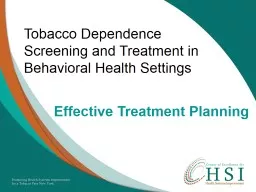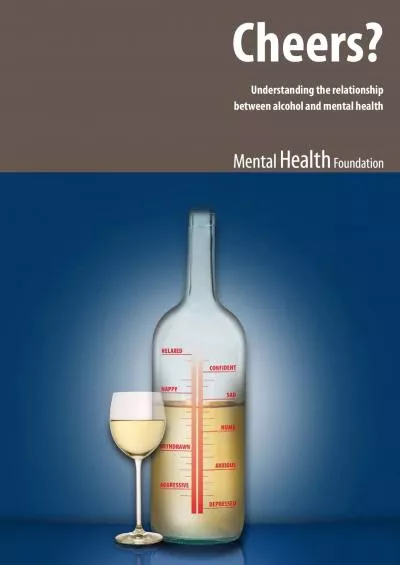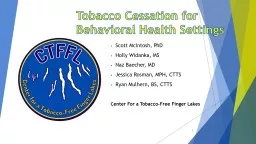PPT-The Role of Mental Health Professionals in Tobacco Dependence Treatment
Author : alida-meadow | Published Date : 2018-10-29
Gregory Miller MD MBA Teresa Armon RN PMHNP David Bucciferro Director PROS NYS Office of Mental Health Learning Objectives 1 Describe the epidemiology of tobacco
Presentation Embed Code
Download Presentation
Download Presentation The PPT/PDF document "The Role of Mental Health Professionals ..." is the property of its rightful owner. Permission is granted to download and print the materials on this website for personal, non-commercial use only, and to display it on your personal computer provided you do not modify the materials and that you retain all copyright notices contained in the materials. By downloading content from our website, you accept the terms of this agreement.
The Role of Mental Health Professionals in Tobacco Dependence Treatment: Transcript
Download Rules Of Document
"The Role of Mental Health Professionals in Tobacco Dependence Treatment"The content belongs to its owner. You may download and print it for personal use, without modification, and keep all copyright notices. By downloading, you agree to these terms.
Related Documents

